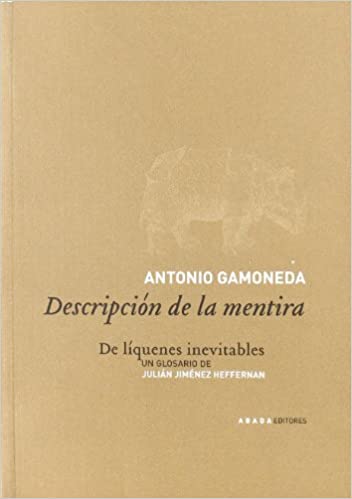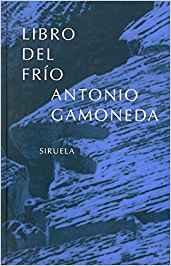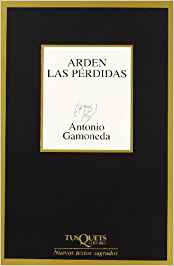The good thing about "being a writer" is that it can remain latent, for years and years, in a more or less satisfactory way. And always like an inexhaustible horizon. While you disguise yourself by selling pension funds in a bank office or delivering mail around your city, you may be thinking about the next thing you are going to write or about polishing some aspect, some scene, some character. It doesn't matter if we talk about poetry (as is the majority case of Antonio Gamoneda) or prose, the question is to create a composition, an image, a story out of nothing.
If not, Writers with capital letters like Antonio Gamoneda they would not have existed. You are a writer because you want to be a writer and because you dedicate that part of free time that others dedicate to jogging or collecting butterflies.
Writer or poet is someone who likes to write. There are no more secrets in the term. It has nothing to do with professionalization or recognition. All of these are moments of glory in an ocean of time in which if you have glory but hate writing, you will be a bad writer. You can be a meaningless project, a shadow, a soul in pain that recites poems in a void, without an echo ...
So that means yes. Antonio Gamoneda began to write and he continued to write in the more than twenty years in which he officially dedicated himself to something else. I suppose that hardly anyone knew about his infidelities, those that kept his body present while his mind returned to that manuscript under review, in those half-finished verses ...
3 recommended books by Antonio Gamoneda
Description of the lie
Description of the lie is one of the few essential books of the last fifty years of Spanish poetry. Published in 1977 and later included in the compilation volume entitled Age (Madrid, 1989), it is presented here in a newly revised edition followed by a text - a glossary that comes from the same book that it accompanies - written by Julián Jiménez Heffernan.
The book of cold
The reader who enters this landscape does not need to decipher each symbol as if it were a number. The enigmas of Gamoneda's poetry are, on the contrary, those that name the reader's internalized reality, covering it with truth and knowledge.
Book of the Cold is presented as a journey: it begins with the description of a territory (Geórgicas), then points out the need to leave (The Snow Watcher), stops in the middle (Aún), seeks protection in the mercy of love (Impure Pavana) and reaches rest (Saturday), the eve of a disappearance that can be white death or the beginning of serenity.
Cold of Limits, the twenty poems that are incorporated into Book of Cold, represent an expansion of space that, in the book, opens to the contemplation of nonexistence. It is the gathering of the last symbols in the light of disappearance.
Losses burn
With Arden los losses, his new book, Gamoneda accentuates his elegiac tone, but from a deep and essential interpretation of what the passage of time and memory entails, and his poems bring new edges to the ongoing research that represents his creative career .
It is possible to read Burning losses as an ebbing tale of what is no longer (the light of childhood, love, anger and the faces of the past ...), of what is lost and forgotten that, however, still burns and is affirmed luminous and cruel in the imminence of his disappearance. The apparent secrecy of the story will be opened just by noticing that the symbols are - were -, simultaneously, realities.
The vision of the lost and forgotten is also existential awareness, awareness of the transit supported to go from nonexistence to nonexistence. Already in the "restless clarity" of old age, it is given to contemplate the great hollow, to know the error in which, incomprehensibly, "our heart rests."



